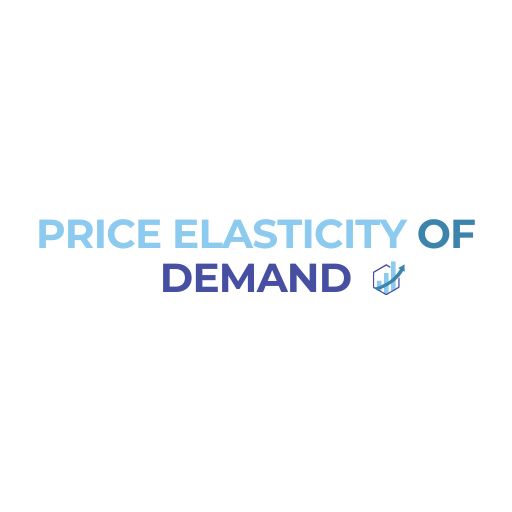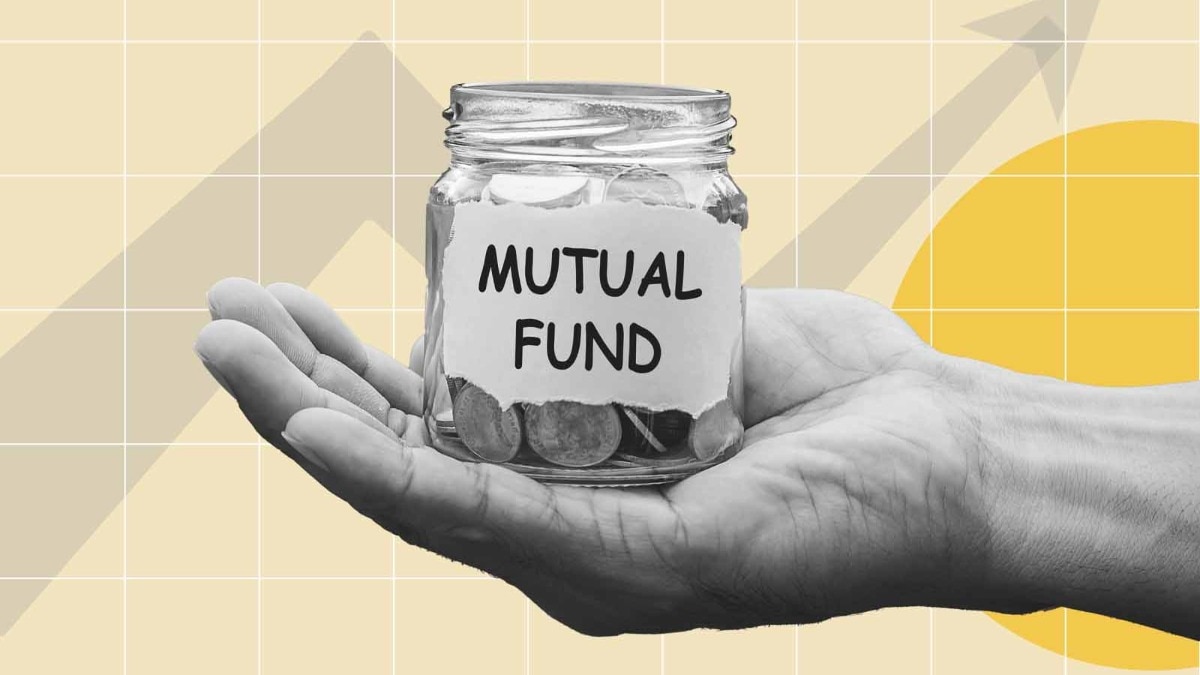Also Read | Top 10 best-performing mutual funds for January 2025
Small cap schemes invest in very small companies or their stocks. According to the Sebi mandate, small cap schemes must invest in companies that are ranked below 250 in terms of market capitalisation. These schemes also will have to invest at least 65% in small cap stocks. Small companies go through many ups and downs – more than the established companies in the large and mid cap segments. That is why investing in small cap stocks is considered extremely risky; the small cap segment can also be extremely volatile, especially in the short term. That is why small cap schemes are recommended only to aggressive investors with a very high risk appetite and very long investment horizon.
Should you invest in small cap funds?
Are you wondering why anyone would take so much risk investing in small cap schemes? These schemes also have the potential to offer very high returns over a long period. For example, the small cap category offered an average return of 19% over 10 years. However, to pocket such fabulous returns you must be prepared to take so much risk and volatility.
It is not very easy to identify winners in the small cap segment. Many of these companies are unknown. They are also under-researched. Their management can be unscrupulous and they can make big claims that can be bogus. Sometimes the management along with market operators can drive up prices. These are some of the reasons why the market rewards and punishes these companies disproportionately.If these companies succeed, the market will be after these stocks and investors will suddenly have multi-baggers in their portfolio. However, if they falter, the stocks would be severely punished. Overnight the stocks can become absolute dud.In short, investing in small caps is not a child’s play. You will have to find successful fund managers who specialise in small cap stocks. You should also pay attention to how the schemes fared during the market downturn.
Also Read | Budget 2025: AMFI releases 15-point proposal, includes restoring long-term indexation benefit for debt mutual funds
Here are some small cap schemes you can invest to create wealth over a long period. Follow our monthly updates to keep track of the performance of these schemes. Axis Small Cap Fund has been in the third quartile for 20 months now. The scheme had been in the fourth quartile for two months before that. SBI Small Cap Fund has been in the third quartile for the last nine months.
Best small cap funds to invest in January 2025:
Our methodology:
ETMutualFunds has employed the following parameters for shortlisting the Equity mutual fund schemes.
1. Mean rolling returns: Rolled daily for the last three years.
2. Consistency in the last three years: Hurst Exponent, H is used for computing the consistency of a fund. The H exponent is a measure of randomness of NAV series of a fund. Funds with high H tend to exhibit low volatility compared to funds with low H.
i) When H = 0.5, the series of returns is said to be a geometric Brownian time series. This type of time series is difficult to forecast.
ii) When H
iii) When H>0.5, the series is said to be persistent. The larger the value of H, the stronger is the trend of the series
3. Downside risk: We have considered only the negative returns given by the mutual fund scheme for this measure.
X =Returns below zero
Y = Sum of all squares of X
Z = Y/number of days taken for computing the ratio
Downside risk = Square root of Z
4. Outperformance: It is measured by Jensen’s Alpha for the last three years. Jensen’s Alpha shows the risk-adjusted return generated by a mutual fund scheme relative to the expected market return predicted by the Capital Asset Pricing Model (CAPM). Higher Alpha indicates that the portfolio performance has outstripped the returns predicted by the market.
Average returns generated by the MF Scheme =
[Risk Free Rate + Beta of the MF Scheme * {(Average return of the index – Risk Free Rate}
5. Asset size: For Equity funds, the threshold asset size is Rs 50 crore
(Disclaimer: past performance is no guarantee for future performance.)











Leave a Reply